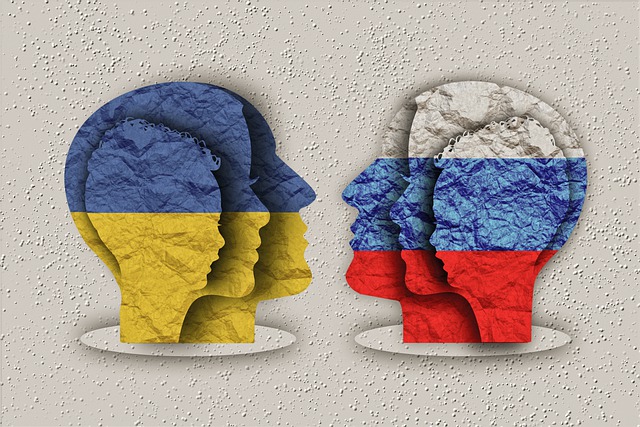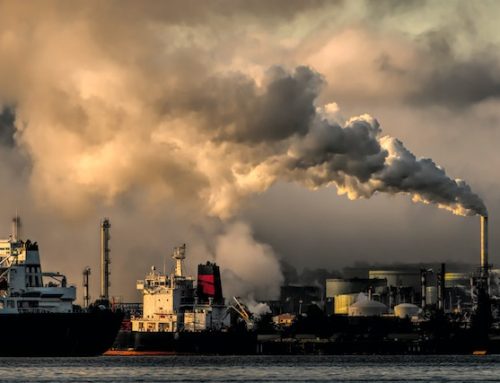June 17, 2022
Russia’s war in Ukraine is costing the rest of the world dearly. It’s a humanitarian calamity that’s killed thousands of people and forced millions more to flee their homes. The war has also sparked a global cost-of-living crisis, hurting people all around the world. When combined with China’s zero-COVID policy, the war has put the world economy on a path of slower growth and rising inflation, something that hasn’t happened since the 1970s. Inflation is generating misery for low-income people and raising major food security threats in the world’s poorest economies, thanks to sharp increases in the price of energy and food.
Prior to the war, the world economy was on track for a strong, albeit uneven, recovery from COVID-19. The conflict in Ukraine and the supply-chain disruptions exacerbated by shutdowns in China due to the zero-COVID policy are dealing a serious blow to the recovery.
Global GDP growth is now projected to slow sharply this year, to around 3%, and remain at a similar pace in 2023. This is well below the pace of recovery projected last December.
Growth is set to be markedly weaker than expected in almost all economies. Many of the hardest-hit countries are in Europe, which is highly exposed to the war through energy imports and refugee flows.
Countries worldwide are being hit by higher commodity prices, which add to inflationary pressures and curb real incomes and spending, further dampening the recovery.
This growth slowdown is a price of war which will be paid through lower incomes and fewer job opportunities.
The war in Ukraine has quashed hopes for a quick end to rising inflation from COVID-19 related supply bottlenecks seen across the global economy during 2021 and early 2022.
High food and energy prices and the continued worsening of supply-chain problems imply that consumer price inflation will peak later and at higher levels than previously foreseen.
The new OECD projections show the large and global impact the war is having on inflation, which has already reached 40-year highs in Germany, the United Kingdom and the United States.
A gradual reduction of supply chain and commodity price pressures and the impact of rising interest rates should begin to be felt through 2023, but core inflation is nonetheless projected to remain at or above central bank objectives in many major economies at year-end.
Russia and Ukraine are important suppliers in many commodity markets. Together they accounted for about 30% of global wheat exports, 20% for corn, mineral fertilisers and natural gas, and 11% for oil. Prices for these commodities increased sharply after the onset of the war.
Without action, there is high risk of a food crisis. Supply disruptions are rising, particularly threatening low-income countries that are highly dependent on Russia and Ukraine for basic food staples. With public budgets stretched by two years of the pandemic, these countries could struggle to provide food and energy at affordable rates to their populations, risking famine and social unrest.
The surge in commodity prices and possible disruptions to production will have significant consequences. The sharp rise in prices is already undermining purchasing power, which will force lower income households worldwide to cut back on other items to pay for basic energy and food needs.
Source: OECD
Legal Notice: The information in this article is intended for information purposes only. It is not intended for professional information purposes specific to a person or an institution. Every institution has different requirements because of its own circumstances even though they bear a resemblance to each other. Consequently, it is your interest to consult on an expert before taking a decision based on information stated in this article and putting into practice. Neither Karen Audit nor related person or institutions are not responsible for any damages or losses that might occur in consequence of the use of the information in this article by private or formal, real or legal person and institutions.






